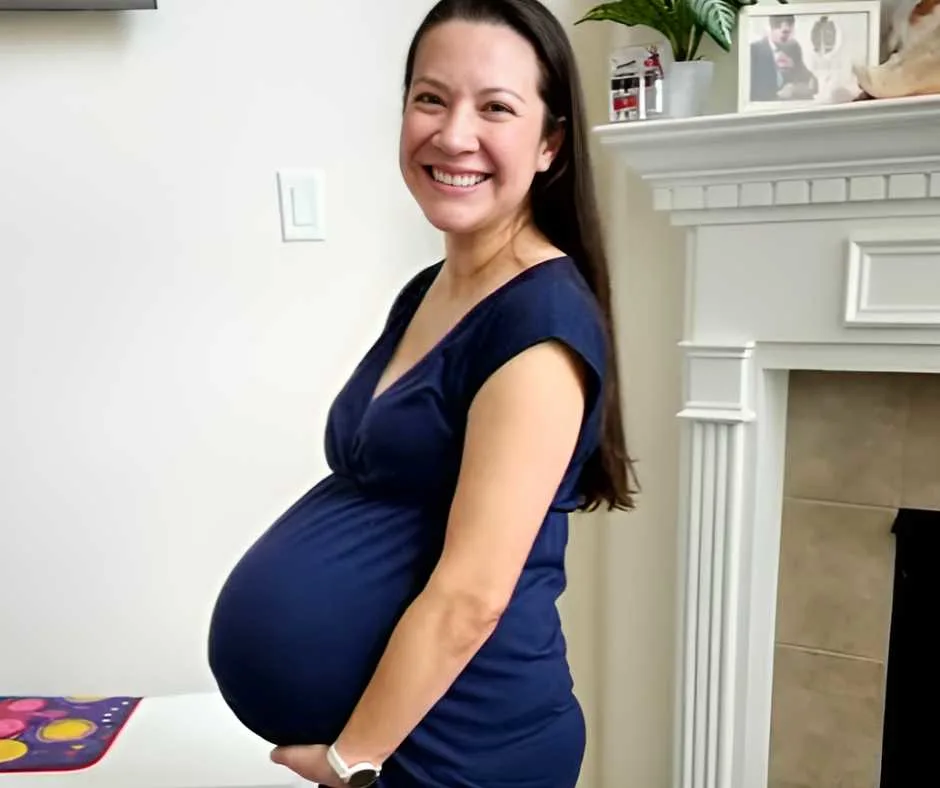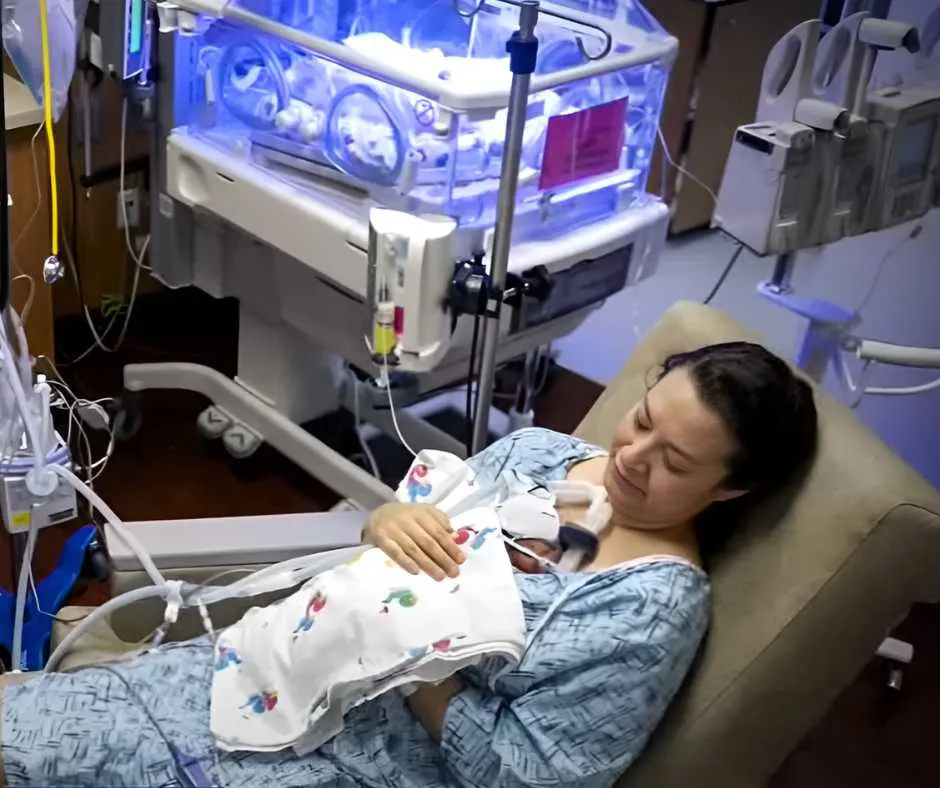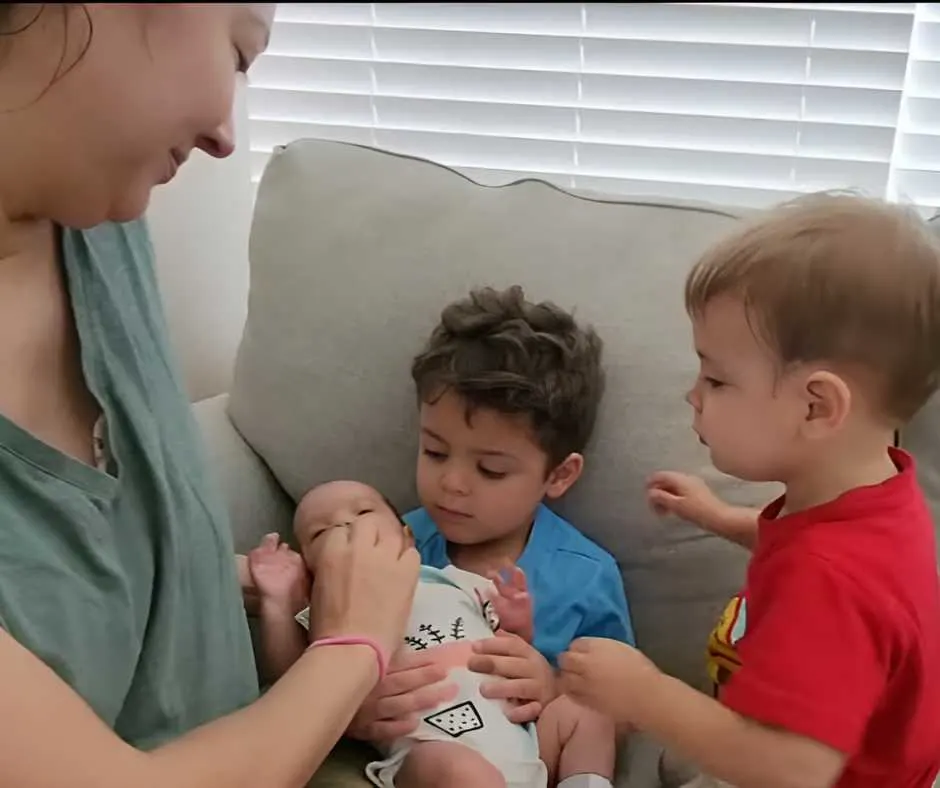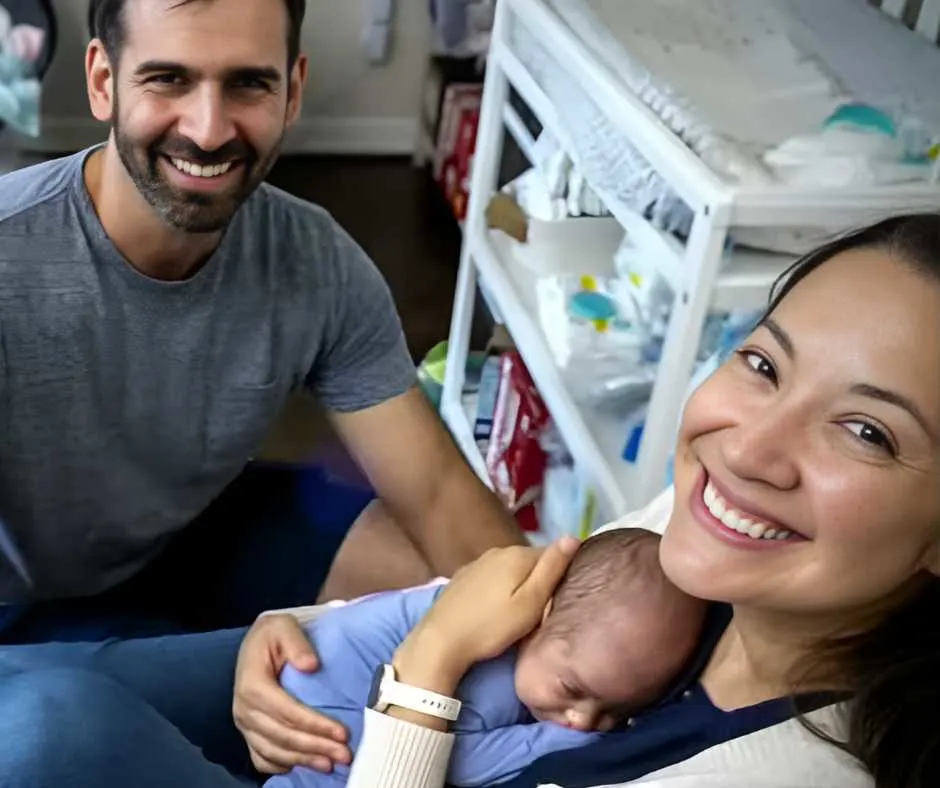A Texas family is thrilled to bring their identical quadruplet daughters home, where they will finally meet their brothers after spending three months in the neonatal intensive care unit (NICU).
The sisters — Hannah Grace, Lucy Marie, Rebecca Claire, and Petra Anne — were born on May 1 when their mother, Mercedes Sandhu, gave birth at 29 weeks and three days of pregnancy.
Mercedes Sandhu’s pregnancy was exceptional because she carried four identical quadruplets that all shared a single placenta. This kind of pregnancy is referred to as monochorionic.

Although the babies were born just before Mother’s Day, Mercedes Sandhu only brought all four daughters home on July 25 after Rebecca was finally released from the NICU. Hannah and Petra had returned home on July 12, followed by Lucy a week later.
“We’re so thrilled that they can finally be together,” their father, Jonathan Sandhu, told “Good Morning America.” He explained that the past few weeks have been the only time the quadruplets have been apart.
Jonathan noted that even while in the NICU, the babies were kept close together, just a few feet apart.
The homecoming also marked a significant moment as the quadruplet sisters met their older brothers, Luke, 4, and Aaron, nearly 2, for the first time.
Because of their young age, the brothers were unable to visit their sisters in the NICU.

“The most wonderful part has been seeing our boys welcome their baby sisters … They are completely captivated by the girls,” he said, noting that witnessing their family come together has been the most touching experience of their lives.
The arrival of the quadruplets on May 1 increased the Sandhu family’s total number of children to six in just four years.
Remarkably, the quadruplets were conceived naturally, without any fertility treatments.
Jonathan pointed out that two of the babies can be told apart because they have hemangiomas, which are harmless growths of extra blood cells in the skin. This condition is quite common in infants, according to Texas Children’s Hospital.
To manage their identical quadruplet daughters, the Sandhu family uses labeled bassinets and arranges the babies in their birth order — Hannah, Lucy, Rebecca, and Petra — during feedings.
Jonathan stressed the need for accurate identification due to the babies’ identical appearance.
The Sandhus are documenting their remarkable journey with their “miracle” babies on their Instagram account, @thesandhucrew.
The quadruplets are now thriving and healthy at home, with no ongoing medical needs.

Although the quadruplets were born weighing around two pounds each, they have grown considerably and now weigh between six and seven pounds.
Jonathan mentioned that despite the higher risks associated with carrying multiple babies who share a single placenta, the family encountered only minor issues that did not threaten the babies’ lives or require extended care.
The birth of the quadruplets was a complex medical procedure that involved over 20 specialized medical professionals, in addition to the usual nurses and doctors in the delivery room, explained Dr. Nathan Sundgren, the neonatologist who managed the delivery.
“We put together a complete neonatal resuscitation team, with four to five members dedicated to each baby,” Sundgren explained, adding that around 18 people were involved in the two rooms where the quadruplets were stabilized, not including the obstetricians, anesthesiologists, and nurses who were caring for the mother.
Despite the large number of medical professionals involved, Texas Children’s Hospital had the necessary facilities and space to handle the intricate delivery.
Now that the identical quadruplet sisters are home, Jonathan acknowledges that he and his wife are dealing with the usual difficulties of having newborns, but times four.
A major challenge they’re facing is coping with the lack of sleep.

He also explained that while caring for a newborn at night is tough, it becomes even more challenging with multiple crying babies and more dirty diapers to manage.
“My wife and I alternate night shifts, and feeding and changing multiple babies can take up to two hours. Then you have to go through the whole process again a few hours later.”
Check out the touching story of the identical quadruplet sisters below:







